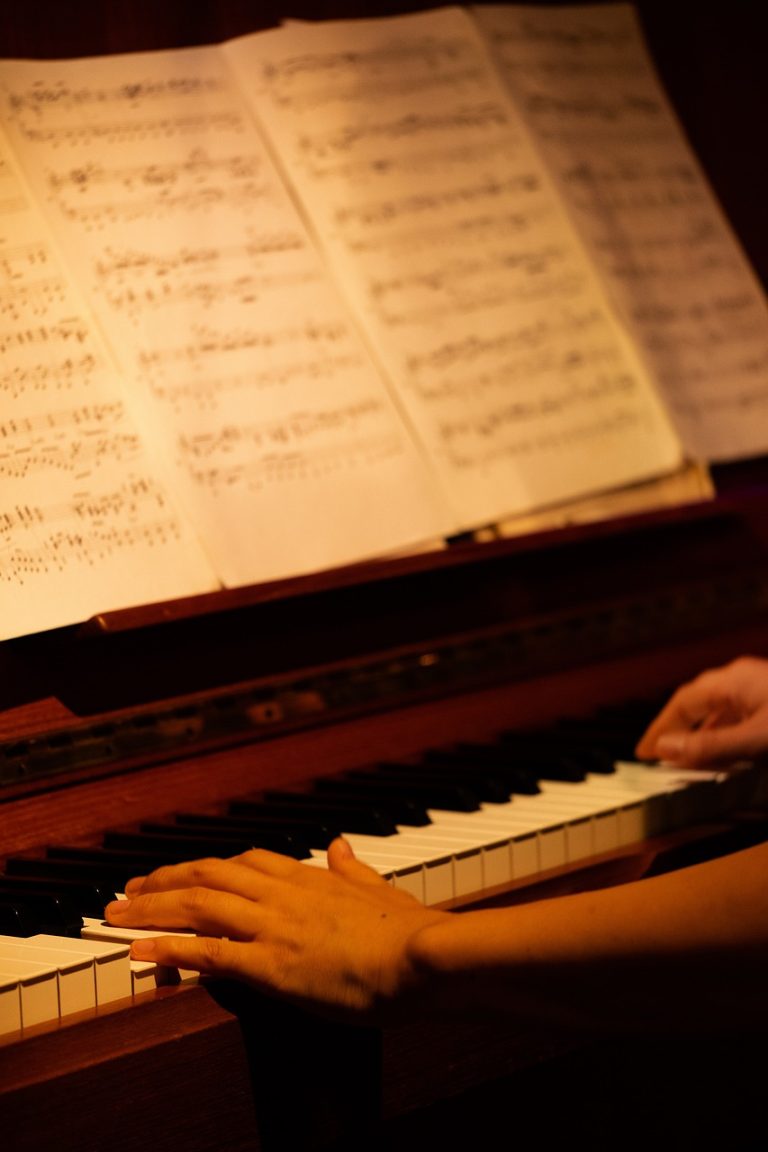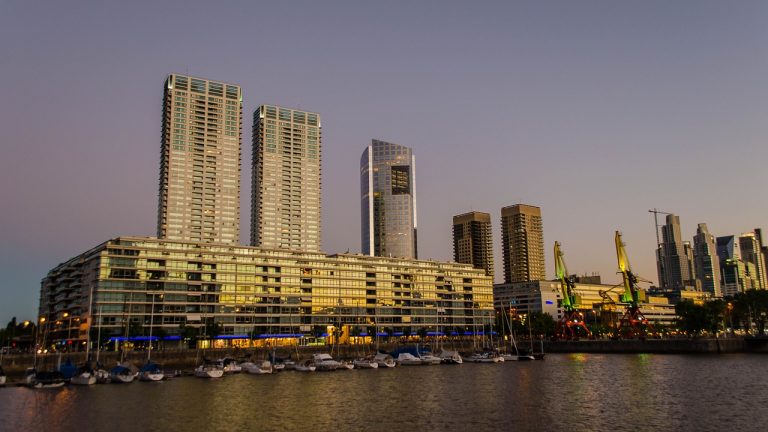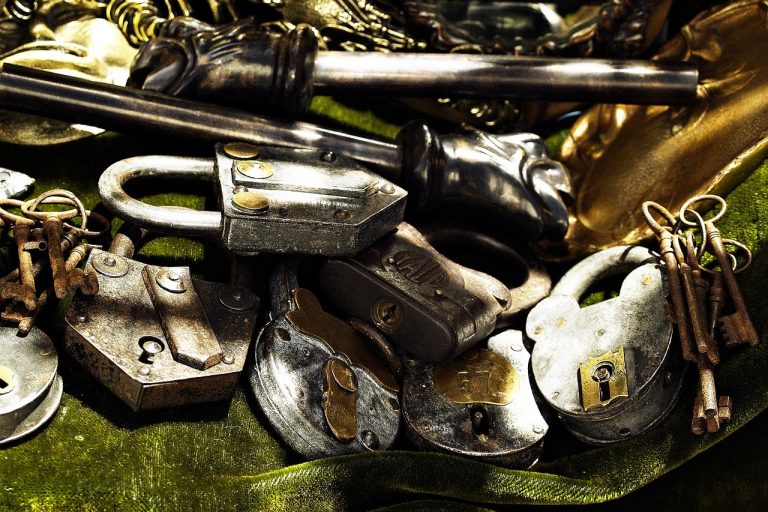Buenos Aires Argentina Video
The Cultural Evolution of Buenos Aires Argentina
Buenos Aires, the capital city of Argentina, is a vibrant metropolis with a rich cultural history that has evolved over the years. From its early days as a colonial outpost to its present status as a cosmopolitan city, Buenos Aires has seen significant changes in its cultural landscape. This article explores the cultural evolution of Buenos Aires through ten sections, each highlighting a different aspect of its cultural heritage.
Colonial Influences
- Spanish Heritage: Buenos Aires was founded by Spanish colonizers in the 16th century, and the Spanish influence is still evident in the city’s architecture, language, and customs.
- Immigration: In the late 19th and early 20th centuries, Buenos Aires experienced a significant wave of immigration, primarily from Europe. This influx of immigrants brought diverse cultural influences, including Italian, German, and Jewish traditions.
The colonial architecture in neighborhoods like San Telmo and La Boca showcases the Spanish influence, with cobblestone streets and colorful buildings. The Spanish language remains the primary language spoken in Buenos Aires, and traditional customs such as tango dancing and mate drinking have deep roots in Spanish traditions.
The Italian influence is particularly notable, with Italian cuisine, opera, and architecture leaving a lasting mark on the city. German immigrants introduced beer culture, while Jewish immigrants contributed to Buenos Aires’ vibrant cultural and culinary scene.

Tango and Music
- Tango: Buenos Aires is often referred to as the birthplace of tango, a passionate and seductive dance style. Tango originated in the working-class neighborhoods of Buenos Aires in the late 19th century and quickly gained popularity.
- Music Scene: Buenos Aires has a thriving music scene beyond tango. The city is known for its vibrant live music venues, ranging from intimate jazz clubs to large concert halls.
Tango music and dance became an integral part of the city’s cultural fabric, with milongas (tango dance halls) and tango festivals attracting locals and tourists alike. Tango continues to evolve, with contemporary styles blending traditional elements with modern influences.
Genres like rock, pop, folk, and electronic music have a strong presence in Buenos Aires, with local artists gaining international recognition. The city hosts numerous music festivals throughout the year, attracting both local and international performers and music enthusiasts.
Art and Literature
- Artistic Heritage: Buenos Aires has been a hub for artists and intellectuals throughout its history. The city boasts numerous art galleries, museums, and cultural centers that showcase a diverse range of artistic expressions.
- Literary Legacy: Buenos Aires has produced renowned writers and poets who have made significant contributions to literature. The city’s literary cafes, such as Café Tortoni and Café La Biela, have long been gathering places for writers and intellectuals.
From classic European art to contemporary Latin American works, Buenos Aires offers a rich artistic experience. Neighborhoods like Palermo and Recoleta are known for their art galleries, while the Museo Nacional de Bellas Artes houses an impressive collection of international and Argentine art.
Authors like Jorge Luis Borges, Julio Cortázar, and Ernesto Sabato have left a lasting impact on Argentine and world literature. The annual Buenos Aires International Book Fair celebrates the city’s literary heritage and attracts book lovers from around the globe.
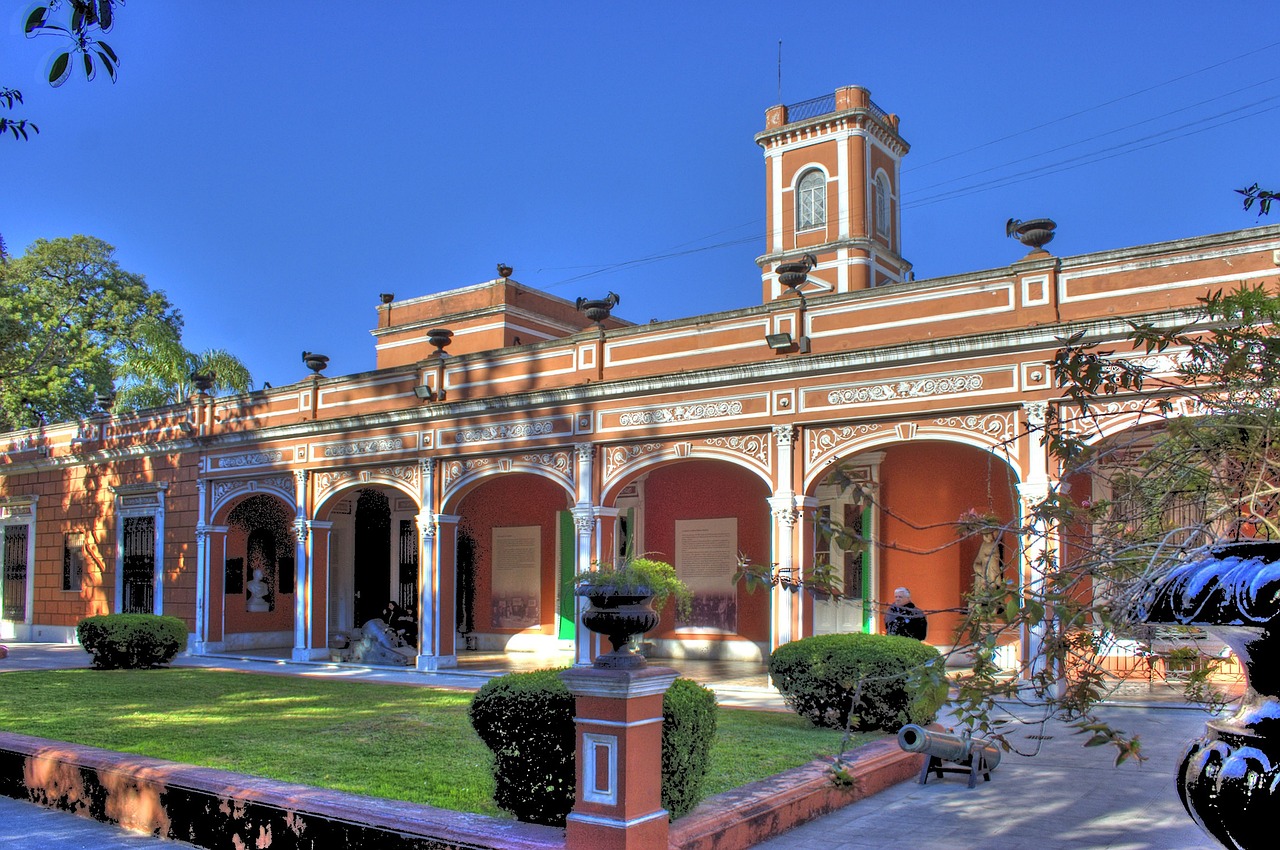
Gastronomy and Culinary Traditions
- Asado: Asado, the traditional Argentine barbecue, is a cornerstone of Buenos Aires’ culinary culture. The art of grilling meats, including beef, pork, and sausages, is deeply ingrained in Argentine traditions.
- Empanadas and Mate: Empanadas, savory stuffed pastries, are another culinary delight of Buenos Aires. These handheld treats come in various flavors, such as beef, chicken, ham and cheese, and spinach.
Local steakhouses, known as parrillas, serve mouthwatering cuts of meat cooked to perfection. Asado gatherings bring friends and families together to enjoy delicious food, good company, and lively conversations.
Mate, a traditional herbal tea, is an integral part of Argentine culture. Sharing mate with friends is a common social ritual that fosters connections and conversations.
Architecture and Landmarks
- French Influence: Buenos Aires’ architecture is a fascinating mix of styles, reflecting its diverse cultural influences. The city’s downtown area, known as Microcentro, features elegant buildings with French architectural elements.
- Eclectic Neighborhoods: Buenos Aires is renowned for its distinct neighborhoods, each with its own architectural charm. Recoleta is known for its elegant French-style mansions and the famous Recoleta Cemetery.
Notable landmarks like the Teatro Colón and the Palacio Barolo showcase the grandeur of French-inspired architecture. The iconic Obelisco, a symbol of Buenos Aires, stands tall in the heart of the city.
La Boca, on the other hand, is famous for its colorful houses and the iconic Caminito street. Palermo showcases a mix of architectural styles, from Spanish colonial to modern high-rises.
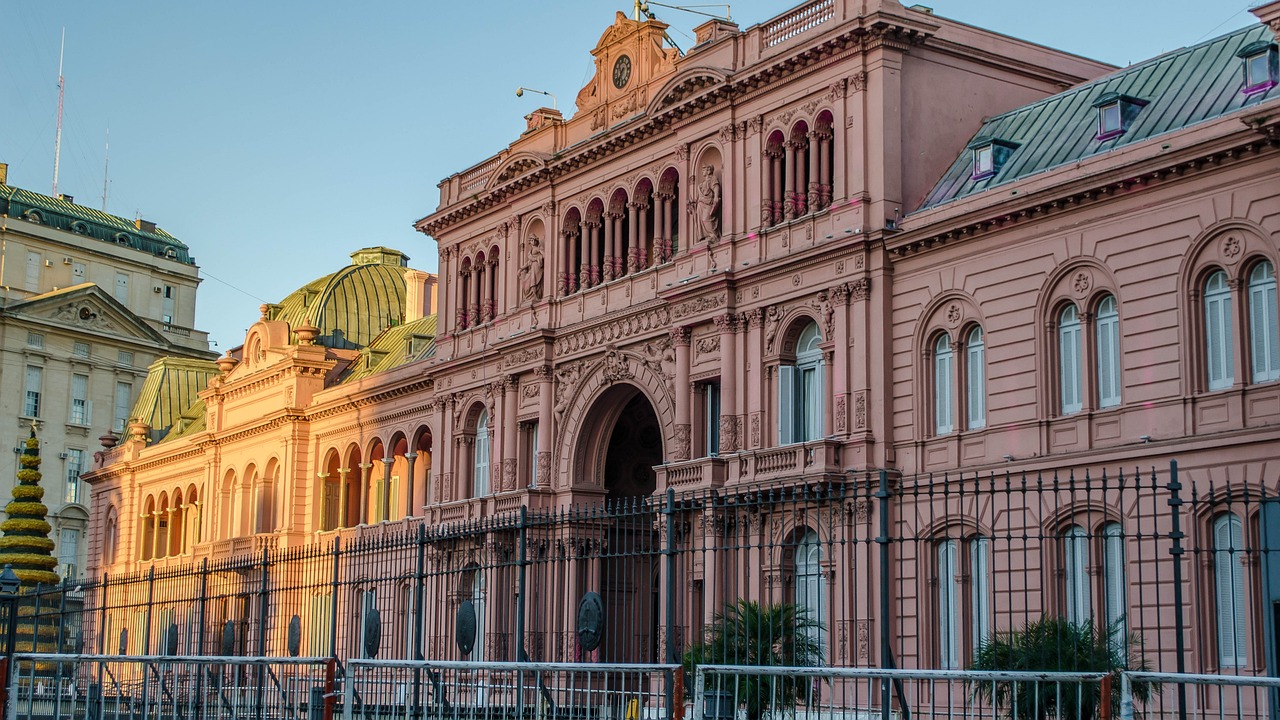
Festivals and Celebrations
- Carnival: Buenos Aires comes alive during the Carnival season, with vibrant parades, music, and dancing filling the streets. Colorful costumes, lively music, and energetic performances create a festive atmosphere.
- Independence Day: On July 9th, Buenos Aires celebrates its Independence Day with patriotic fervor. Festivities include parades, concerts, and fireworks, bringing the city together to commemorate its freedom.
The Carnival celebrations in Buenos Aires draw inspiration from both European and African traditions, resulting in a unique fusion of cultures.
The historic Plaza de Mayo, where the Argentine Revolution began, is a focal point of the Independence Day celebrations.
Sports and Passion
- Fútbol: Fútbol (soccer) is more than just a sport in Buenos Aires; it’s a way of life. The city is home to passionate football clubs, such as Boca Juniors and River Plate, with a fierce rivalry that ignites the city.
- Polo: Buenos Aires is also renowned for its polo culture, with world-class polo fields and tournaments attracting players and enthusiasts from around the world.
Attending a football match at the iconic La Bombonera or El Monumental stadiums is an experience that showcases the intense love and devotion for the game.
The Argentine Open Polo Championship, held in Buenos Aires, is considered the most prestigious polo tournament globally.
Modern Cultural Movements
- Street Art: Buenos Aires is a haven for street art, with vibrant murals adorning buildings and alleyways throughout the city. Neighborhoods like Palermo and Villa Crespo showcase the creativity and talent of local and international street artists.
- LGBTQ+ Scene: Buenos Aires has a thriving LGBTQ+ community, with a vibrant nightlife and numerous LGBTQ+-friendly establishments.
Street art tours have become popular, offering visitors a chance to explore this dynamic and ever-changing art form.
The annual Buenos Aires Pride Parade, known as Marcha del Orgullo, is a colorful celebration of diversity and equality.
Cultural Institutions
- Teatro Colón: The Teatro Colón is one of the world’s most renowned opera houses, known for its exceptional acoustics and grandeur. It hosts opera performances, ballets, and concerts throughout the year.
- Museo Nacional de Bellas Artes: The Museo Nacional de Bellas Artes houses an impressive collection of European and Argentine art, including works by renowned artists like Rembrandt, Monet, and Frida Kahlo.
- MALBA: The Museo de Arte Latinoamericano de Buenos Aires (MALBA) focuses on contemporary Latin American art, showcasing works by artists such as Diego Rivera and Fernando Botero.
Conclusion
Buenos Aires’ cultural evolution is a fascinating journey that encompasses its colonial heritage, artistic expressions, culinary traditions, architectural marvels, and vibrant celebrations. The city’s diverse influences have shaped its identity, making Buenos Aires a captivating destination for cultural enthusiasts. Whether exploring its tango-filled streets, admiring its architectural wonders, or savoring its culinary delights, Buenos Aires offers a cultural experience like no other.
References:
– buenosaires.gob.ar
– lonelyplanet.com
– buenostours.com
– baexpats.org


